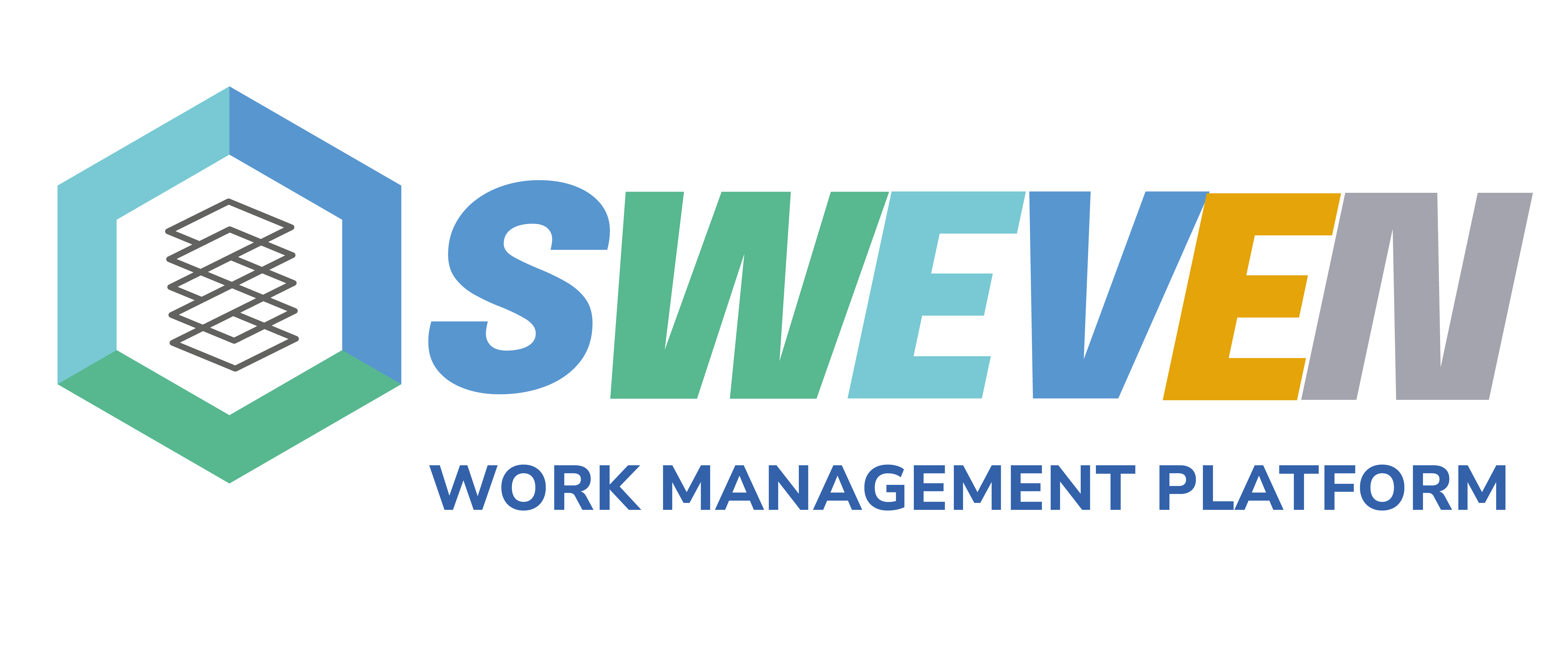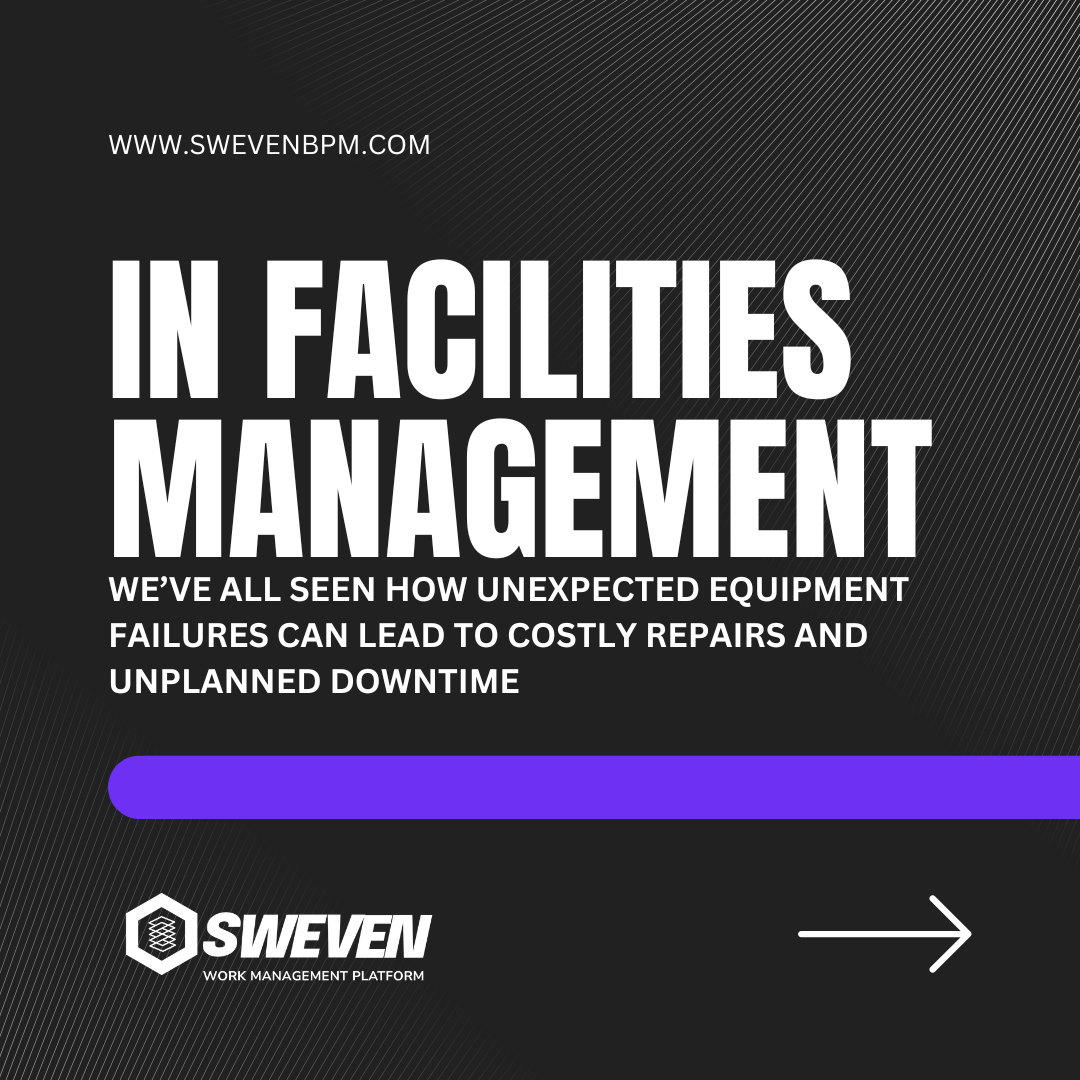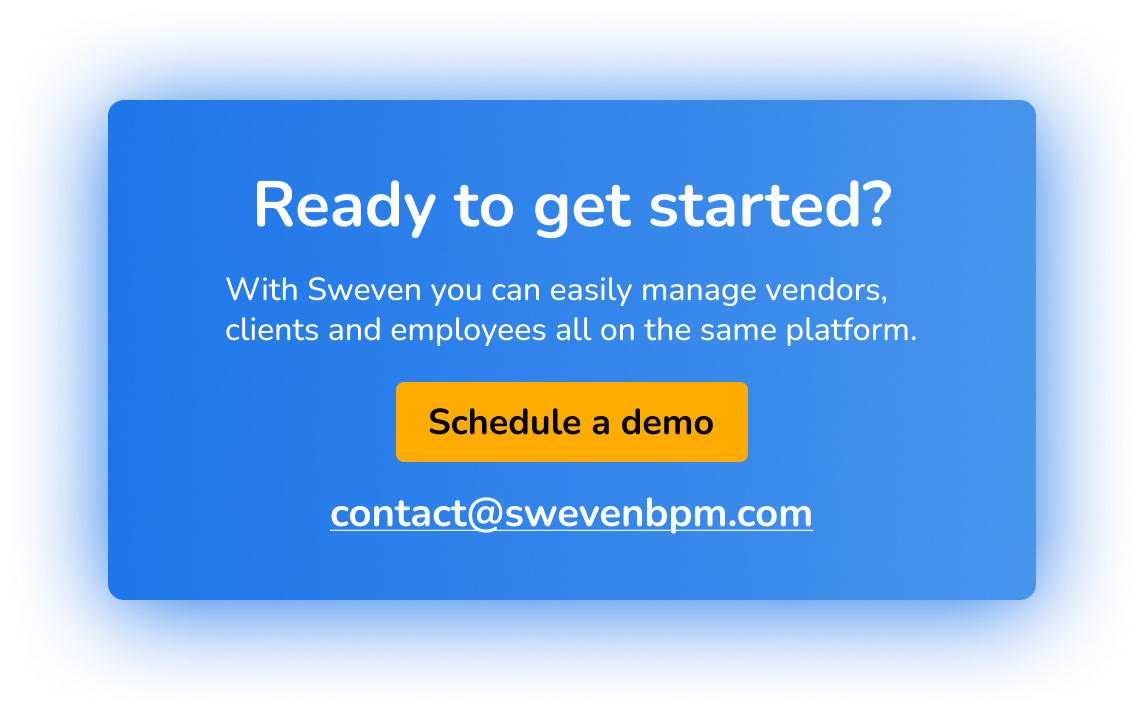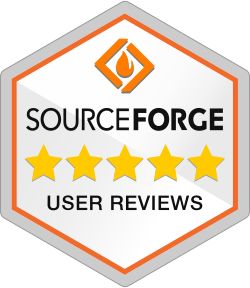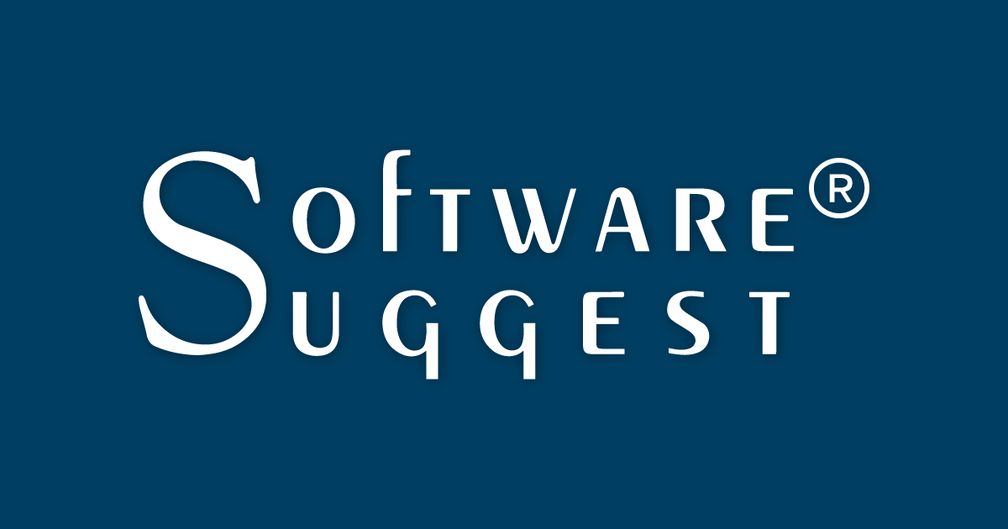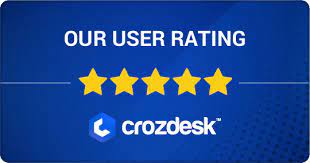In the modern business landscape, technology is indispensable for achieving growth, efficiency, and competitiveness. However, the high costs associated with technology implementation and upkeep can be daunting, especially for small and medium-sized enterprises (SMEs). Traditional on-premise solutions often require substantial investments in hardware, software, and continuous maintenance, making them expensive to deploy and manage. Enter cloud-based solutions—scalable, flexible, and cost-effective alternatives that can transform the way businesses handle their technological needs.
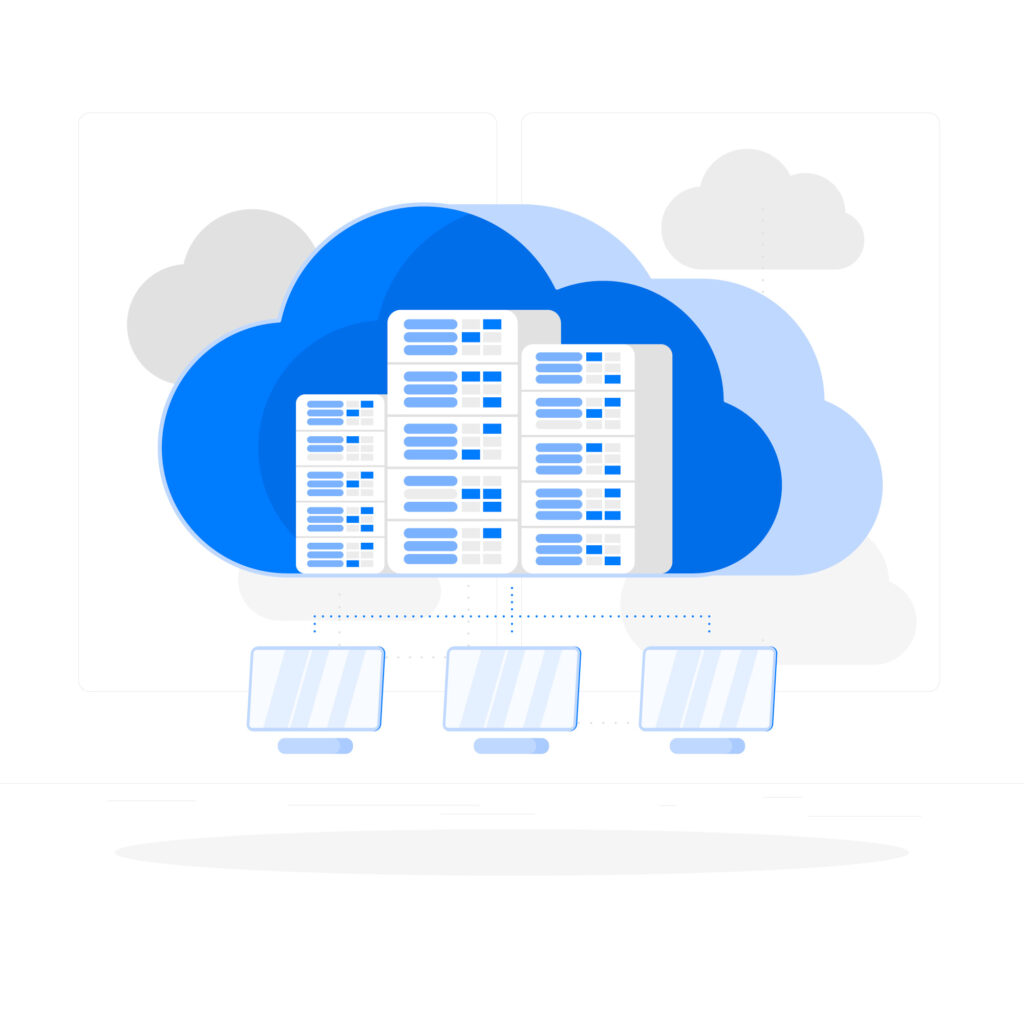
Understanding the Pain Point: High Costs of Technology Implementation and Upkeep
The financial burden of technology implementation and maintenance can be broken down into several key areas:
- Initial Setup Costs: Significant capital investment in hardware, software licenses, and infrastructure setup.
- Ongoing Maintenance: Continuous expenses for updates, upgrades, repairs, and support.
- IT Staffing: Hiring and retaining skilled IT professionals to manage and support the technology infrastructure.
- Downtime and Disruptions: Costs incurred from system failures, which can lead to productivity losses and revenue impacts.
- Scalability Constraints: Challenges and expenses associated with scaling infrastructure to meet growing business demands.
These challenges often result in high total cost of ownership (TCO), making it difficult for businesses to manage their budgets effectively and focus on core activities.

Solution: Adopting Scalable and Cost-Effective Cloud-Based Solutions
Cloud-based solutions offer a powerful remedy to the high costs of technology implementation and upkeep. By leveraging cloud computing, businesses can access advanced technological capabilities without the hefty price tag associated with traditional infrastructure. Here’s how cloud-based solutions address these issues:
Lower Initial Setup Costs
One of the most immediate benefits of cloud computing is the reduction in initial setup costs. Unlike traditional systems that require significant upfront capital investment, cloud solutions operate on a subscription or pay-as-you-go model.
- Subscription-Based Pricing: Businesses pay only for the resources and services they use, typically on a monthly or annual basis.
- No Need for Hardware: Cloud providers host the necessary infrastructure, eliminating the need for businesses to purchase and maintain physical servers and data centers.
- Quick and Easy Deployment: Cloud services can be deployed rapidly, reducing the time and costs associated with lengthy installation and configuration processes.
Reduced Maintenance and Upgrade Costs
Cloud providers take on the responsibility of maintaining and upgrading the infrastructure, which significantly reduces ongoing maintenance costs for businesses.
- Automatic Updates: Cloud services are regularly updated with the latest features and security patches, ensuring that businesses always have access to up-to-date technology without additional costs.
- Managed Services: Many cloud providers offer managed services that handle routine maintenance, monitoring, and support, freeing up internal IT resources.
Scalability and Flexibility
Cloud-based solutions offer unparalleled scalability and flexibility, allowing businesses to adjust their resources according to demand without incurring significant costs.
- On-Demand Resources: Businesses can scale their cloud resources up or down based on their needs, ensuring they only pay for what they use.
- Global Reach: Cloud solutions enable businesses to expand their operations globally without the need for extensive physical infrastructure investments.
Enhanced Productivity and Collaboration
Cloud-based solutions facilitate improved productivity and collaboration, leading to cost savings and increased efficiency.
- Remote Access: Cloud services can be accessed from anywhere with an internet connection, enabling remote work and enhancing flexibility for employees.
- Collaboration Tools: Many cloud platforms come with built-in collaboration tools, allowing teams to work together seamlessly regardless of their physical location.
Improved Security and Compliance
Cloud providers invest heavily in security measures and compliance certifications, helping businesses mitigate risks and avoid the costs associated with data breaches and non-compliance.
- Advanced Security Features: Cloud providers offer advanced security features such as encryption, multi-factor authentication, and regular security audits.
Compliance: Many cloud services comply with industry-specific regulations and standards, reducing the burden on businesses to manage compliance requirements.
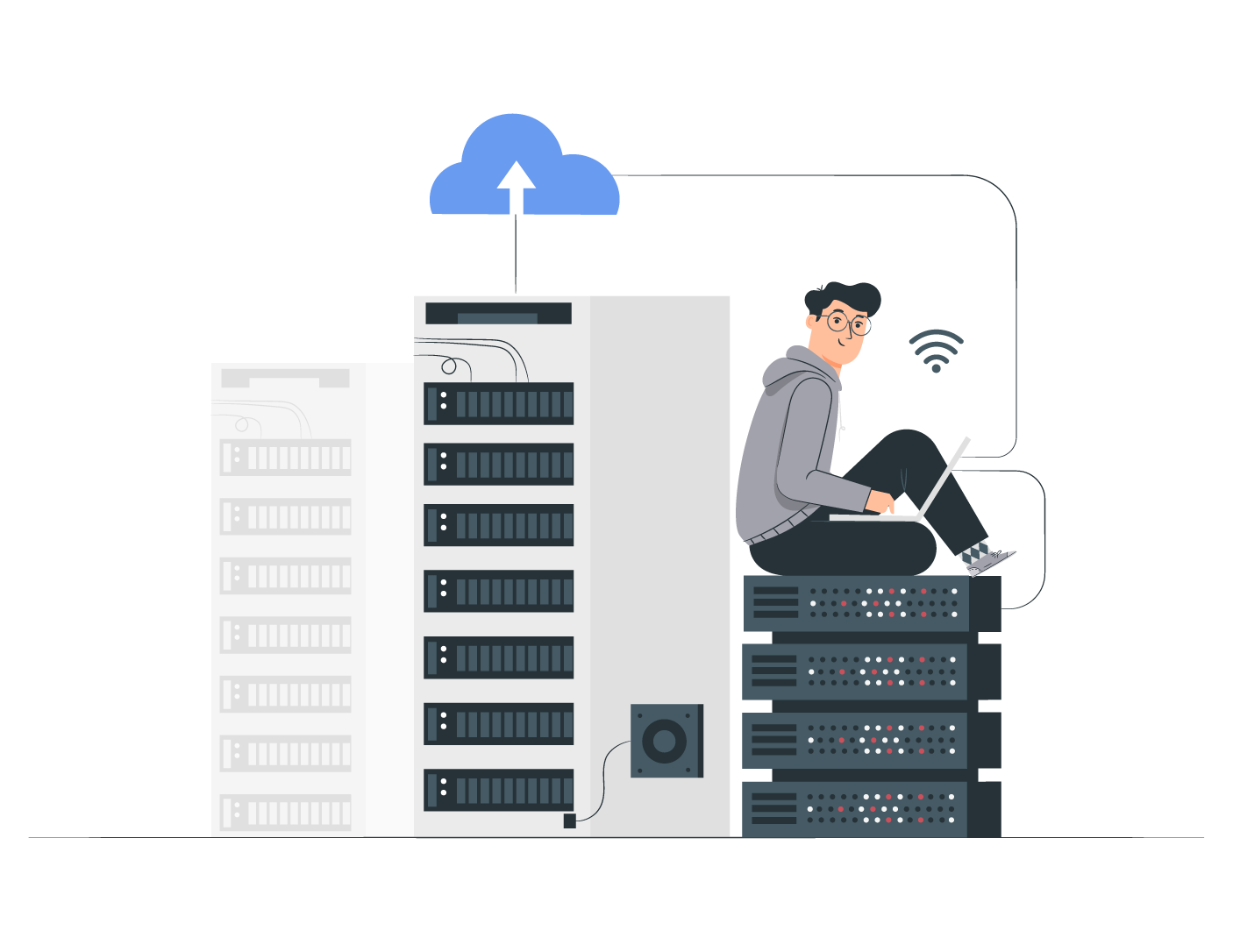
Conclusion
The high costs of technology implementation and upkeep can be a significant challenge for businesses, particularly in today’s competitive and fast-changing landscape. However, by adopting scalable and cost-effective cloud-based solutions, organizations can overcome these hurdles and achieve greater efficiency, flexibility, and cost savings.
Cloud-based solutions not only reduce initial setup and ongoing maintenance costs but also provide the scalability, flexibility, and security needed to support modern business operations. By leveraging the power of the cloud, businesses can focus on their core competencies, drive innovation, and maintain a competitive edge in the market.
Embracing cloud technology is no longer just an option but a strategic necessity for businesses looking to thrive in the digital age. As the technology continues to evolve, those who adopt and integrate cloud-based solutions will be well-positioned to navigate the complexities of modern business and achieve long-term success.
